The success of the all-new Mazda CX-5 is crucial if Mazda is to put a rotary-powered sports car into production inspired by the RX Vision concept of 2015.
Mazda R&D boss Kiyoshi Fujiwara said there was no official update on the RX Vision project a year on from the car's dramatic debut at the 2015 Tokyo motor show, because the project is struggling for both a business case and the kind of technological breakthrough that would make rotary viable again for production.
However, he revealed that the business case aspect could be solved by the second-generation CX-5 unveiled at the LA motor show today being a success.
Fujiwara said that the Mazda business was "back at its original starting point" following the company's successful relaunch underpinned by its innovative SkyActiv technology announced in 2011. The business has gone well since, wiping out the negatives of the previous 30-40 years.
"Starting with the CX-5, we will try to build robust business health from here," Fujiwara said at the LA show. "Then after, if we are successful, we can build a robust business structure for the next generation [of products] and then the RX Vision will be a possibility. So the next CX-5 is important."
The year 2020 remains a tantilising one for Mazda to aim for to launch a new rotary-powered sports car, as it co-incides with the firm's centenary. By that point, all of Mazda's existing models will be underpinned by the first-generation of SkyActiv technology.
After that, Mazda will switch its models onto the second-generation of SkyActiv. Fujiwara says this will deliver on a promise of improving the efficiency of its models by 50%. Key to that will be the adoption of ultra-efficient homogenous compression technology in its engines, which will be seen in production by 2018/19.
While Mazda continues to develop core technologies, Fujiwara confirmed there was a team devoted to developing rotary technology. However he would only confirm that the team has more than 10 people and less than 100. "There is no word to say 'stop' for rotary technology in my dictionary," he said. "I want to do that."
"In terms of the technology for rotary, we are developing new tech still. I'm an engineer and I believe there is a possibility to find new technology to make rotary work," Fujiwara said. He later added that electrification was an option for rotary when it makes a comeback, although in the first instance it would be offered without it for the greatest purist appeal.

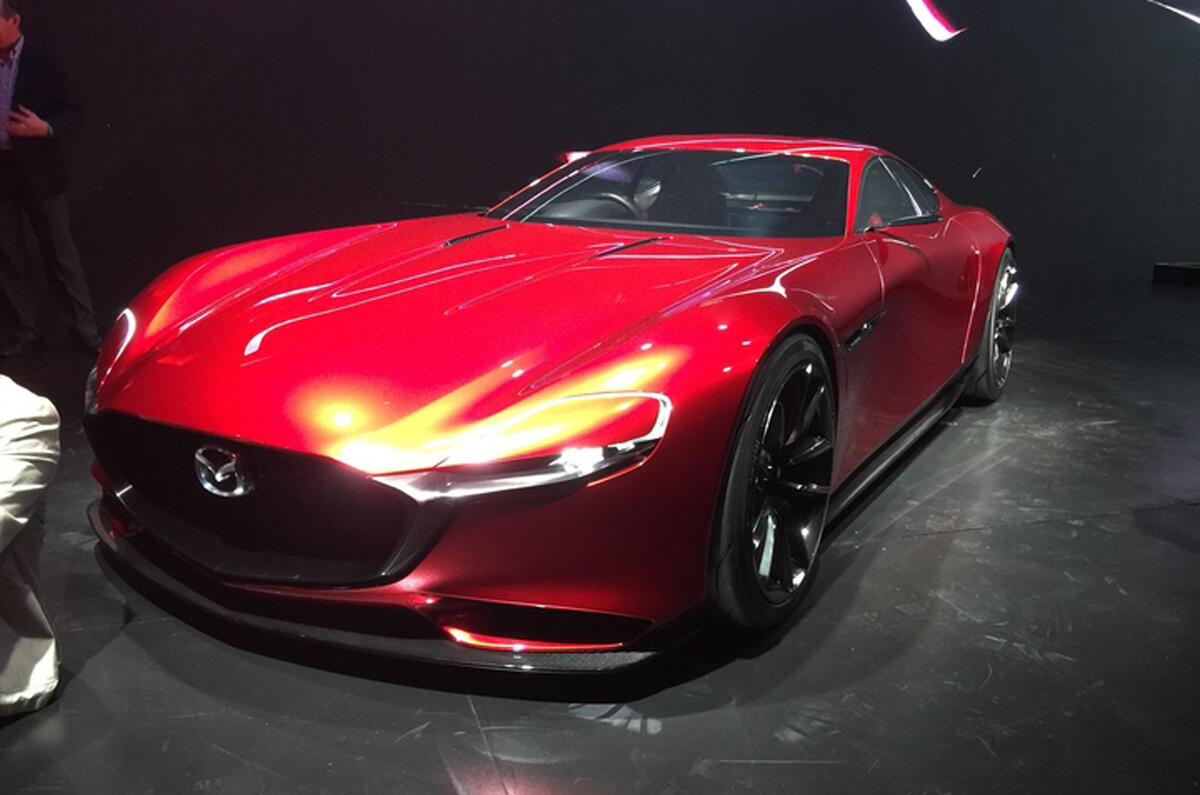

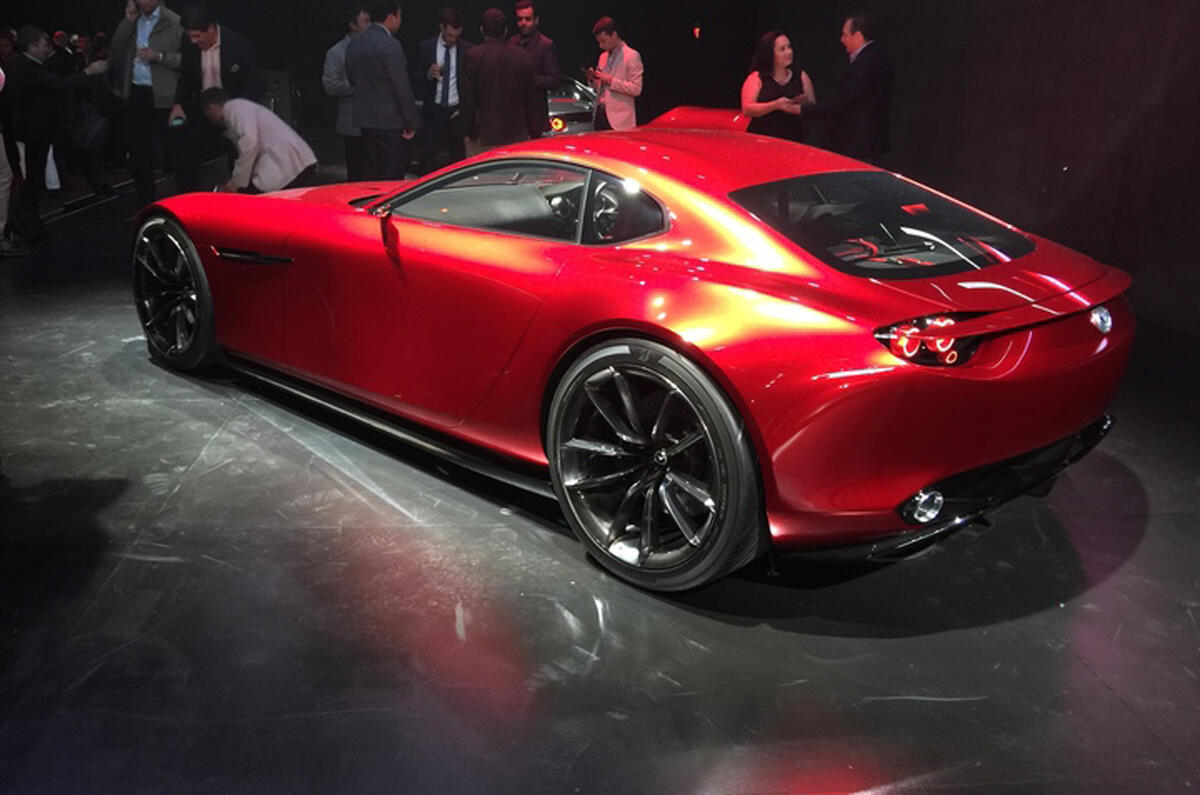
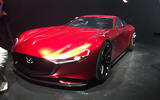
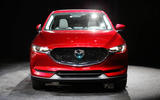
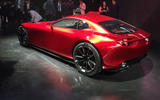






Add your comment